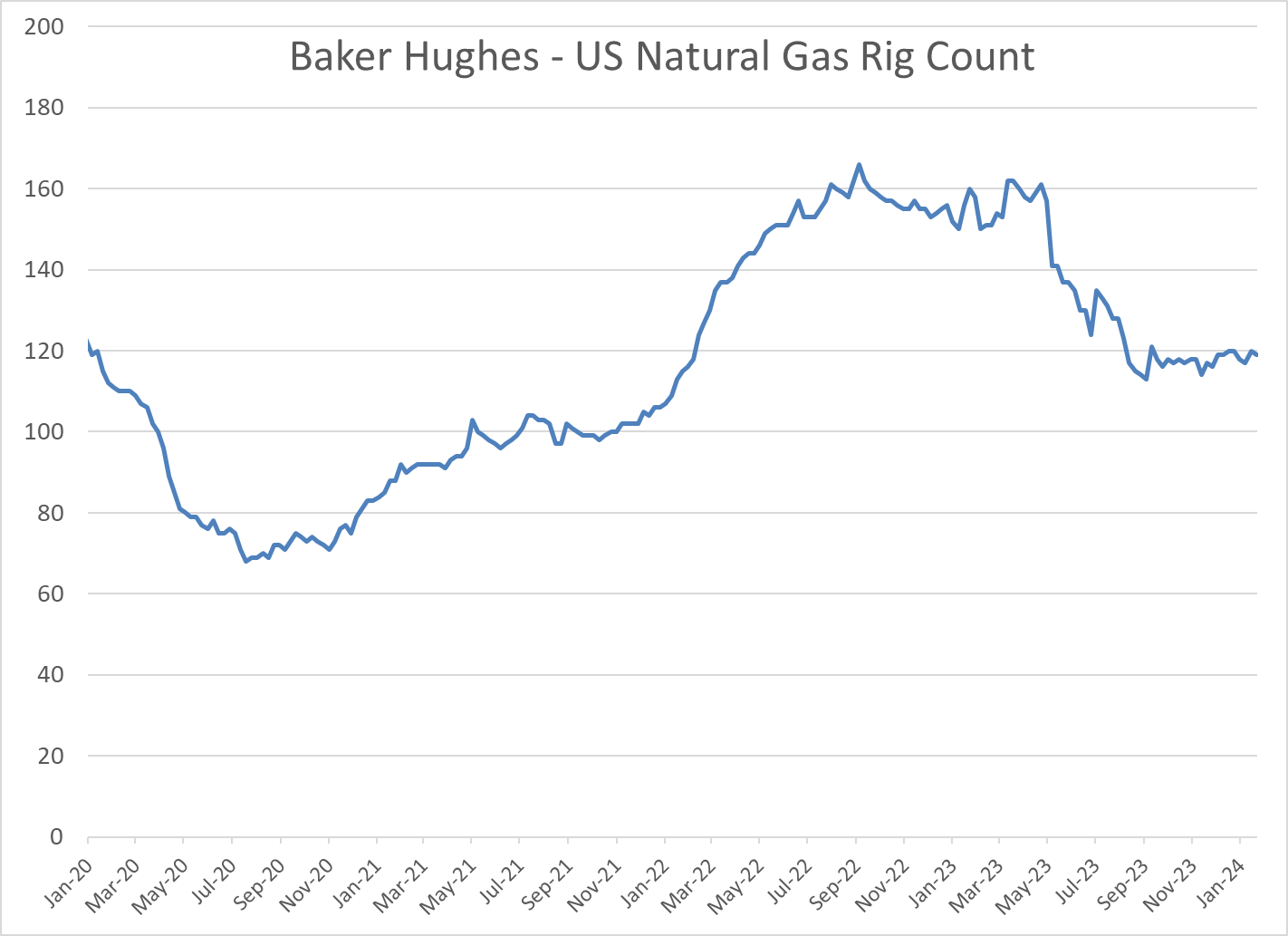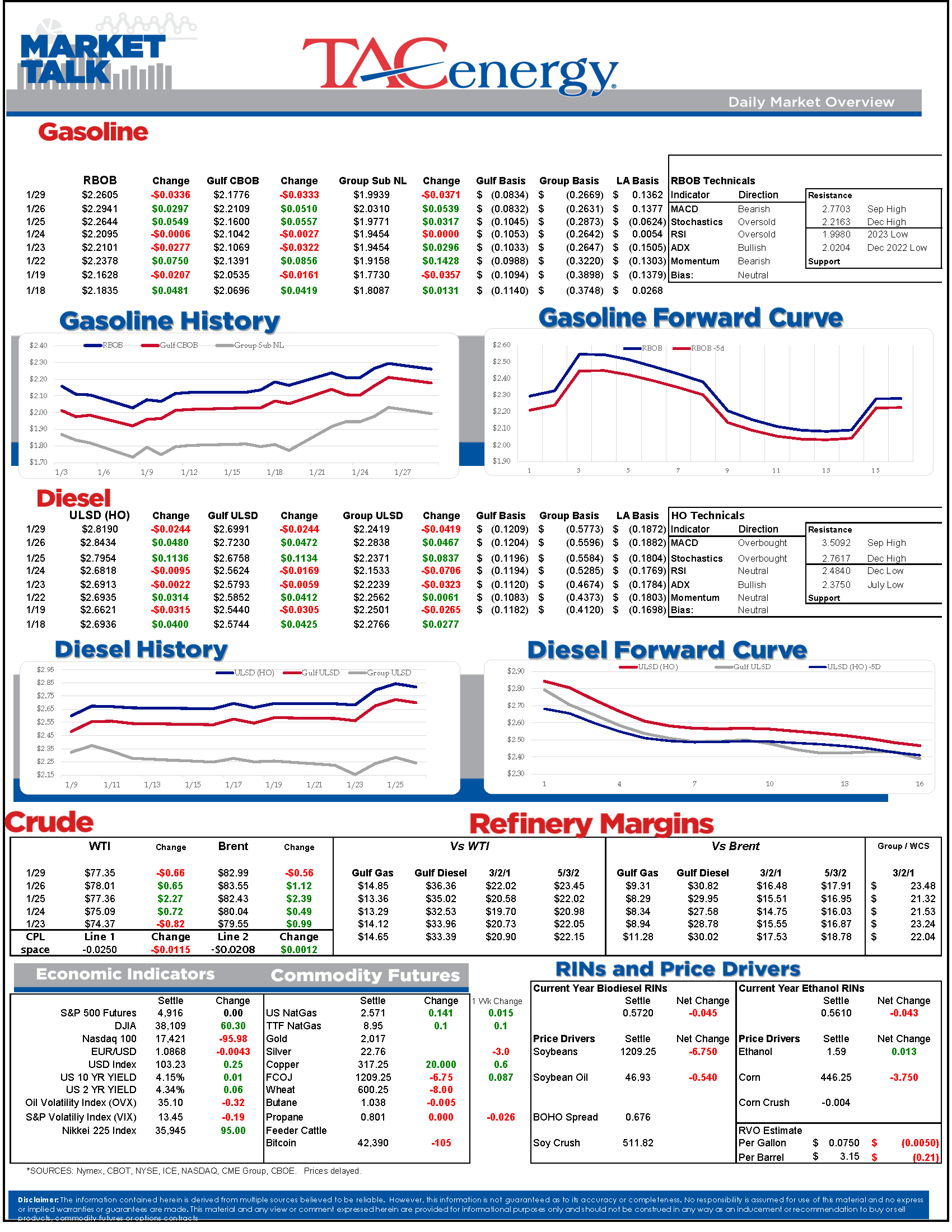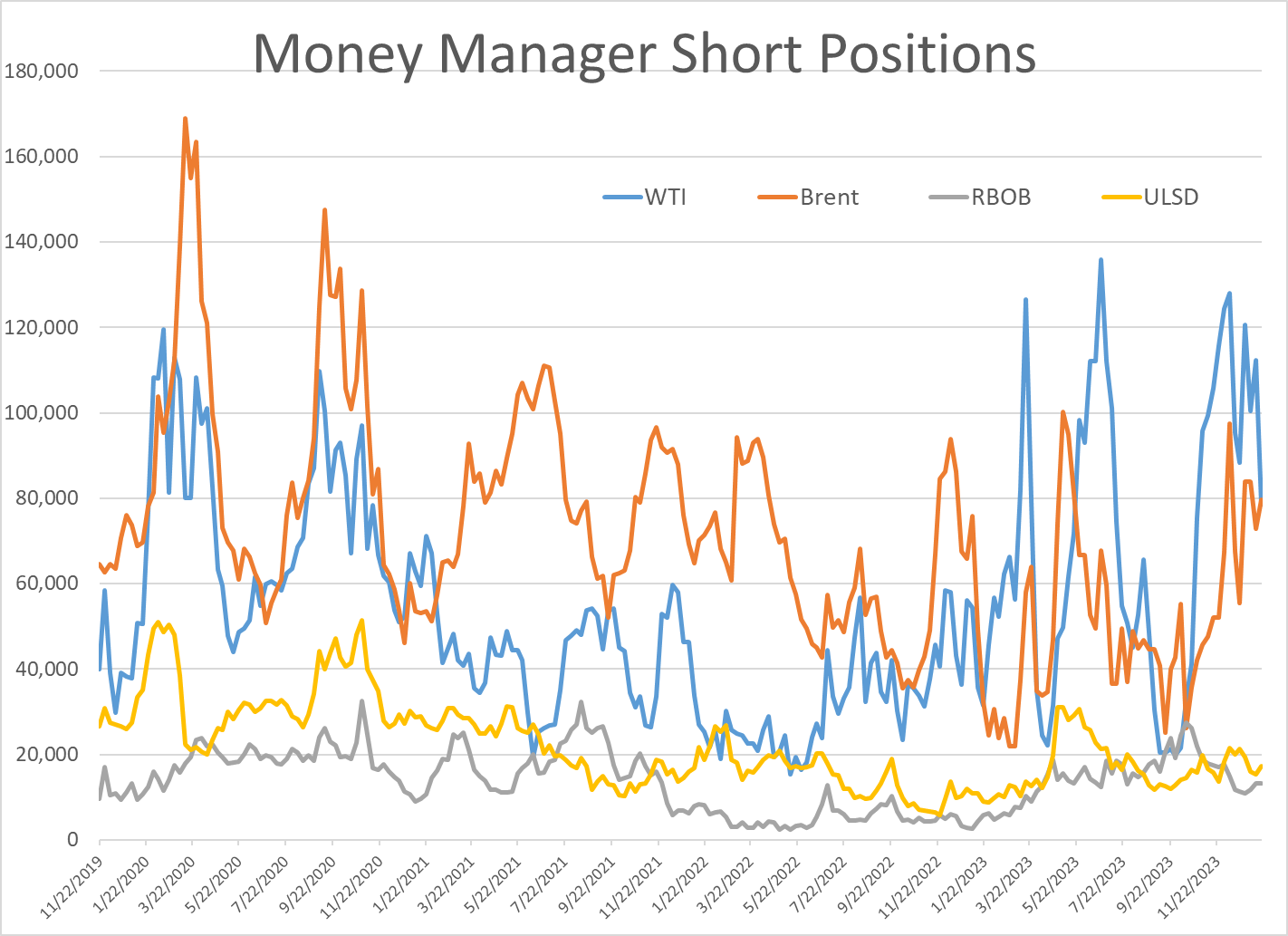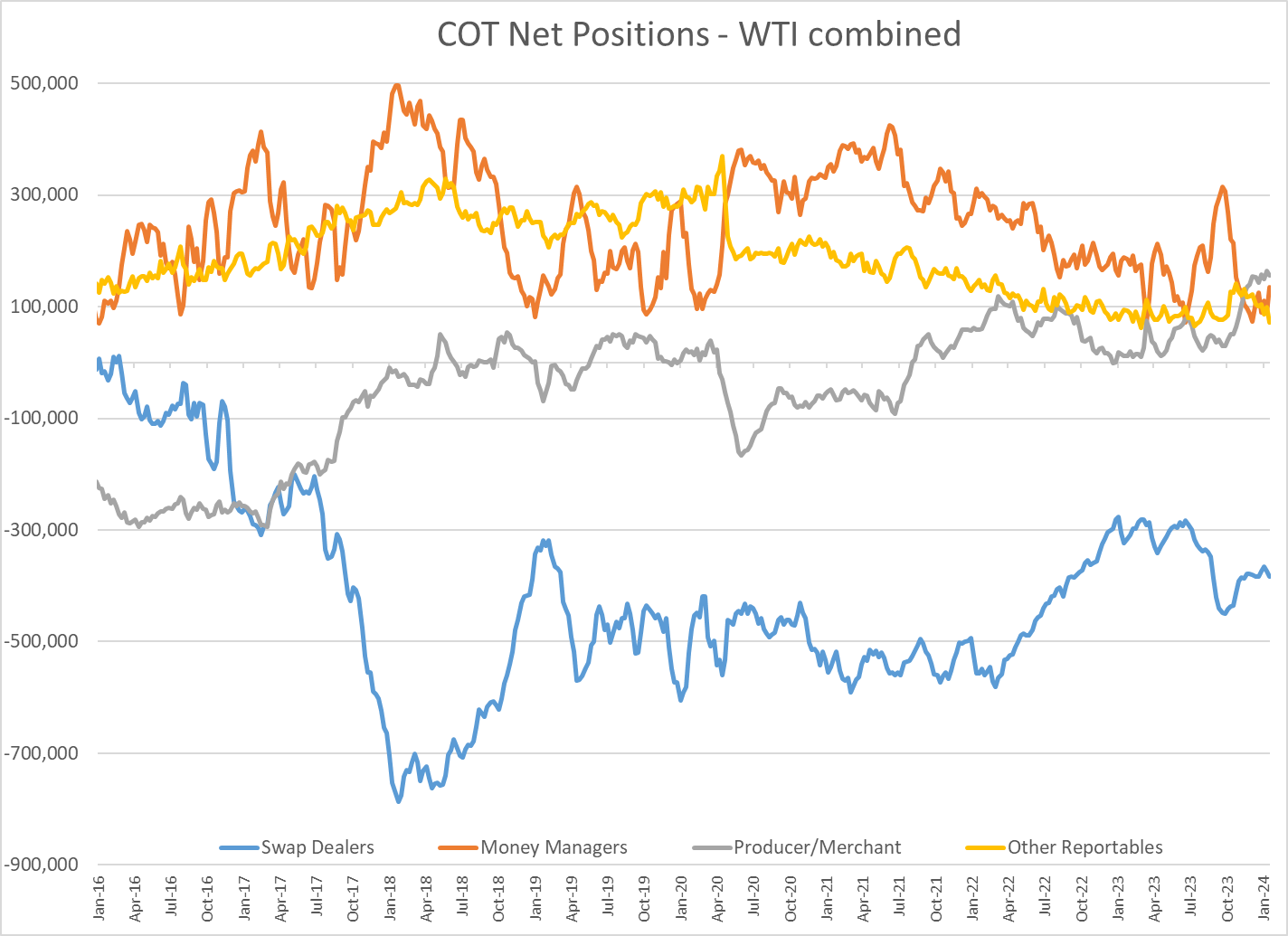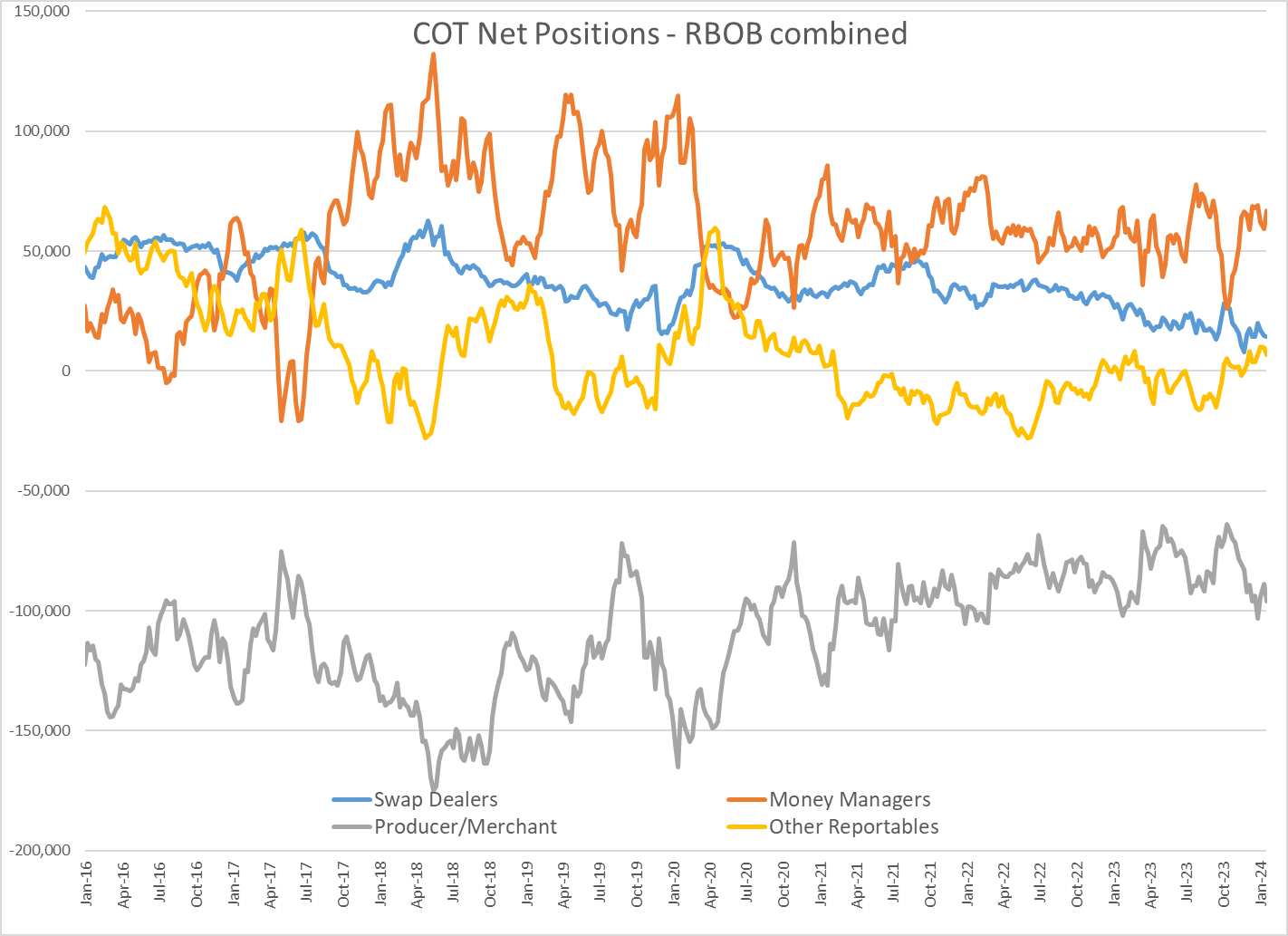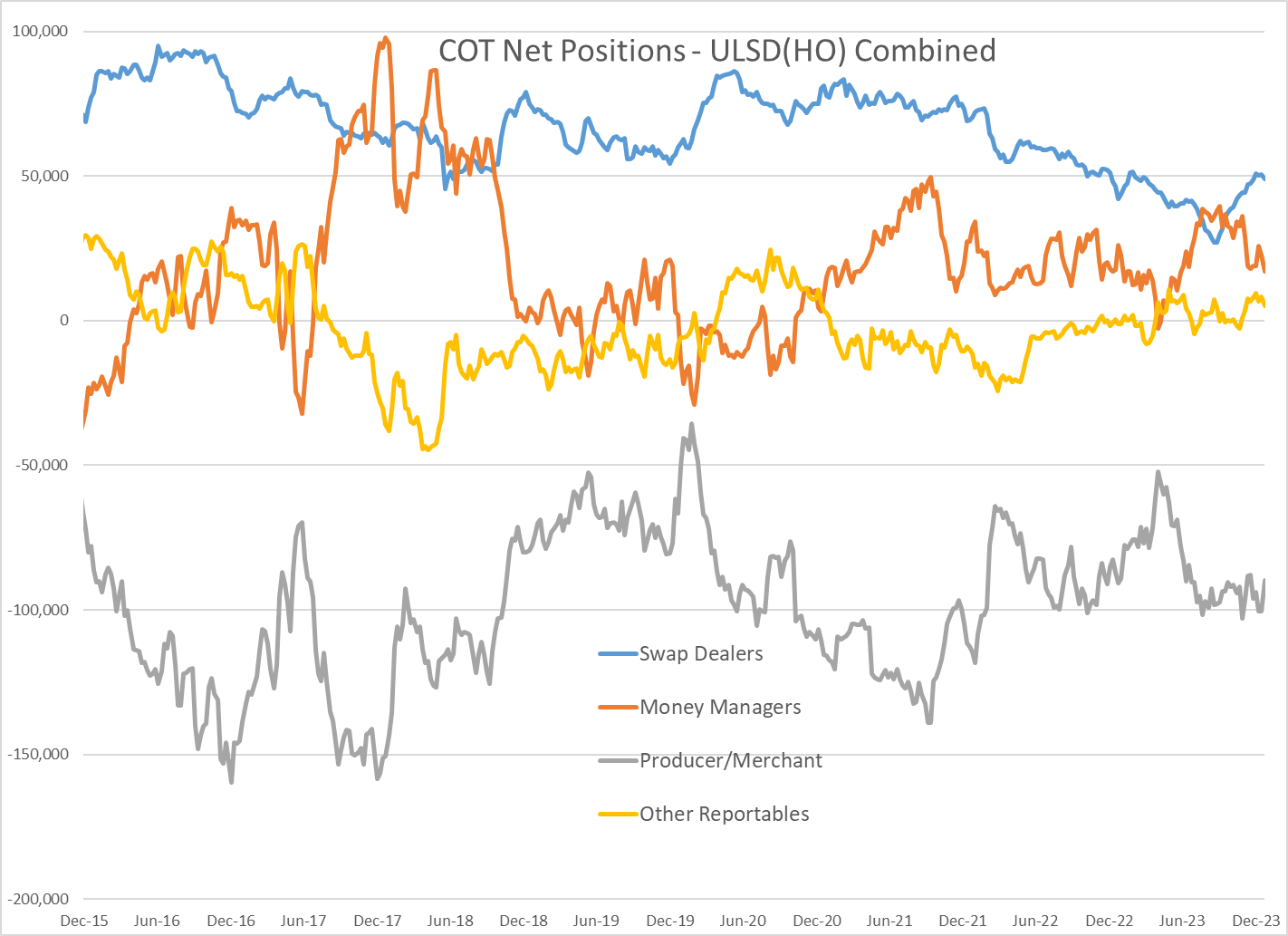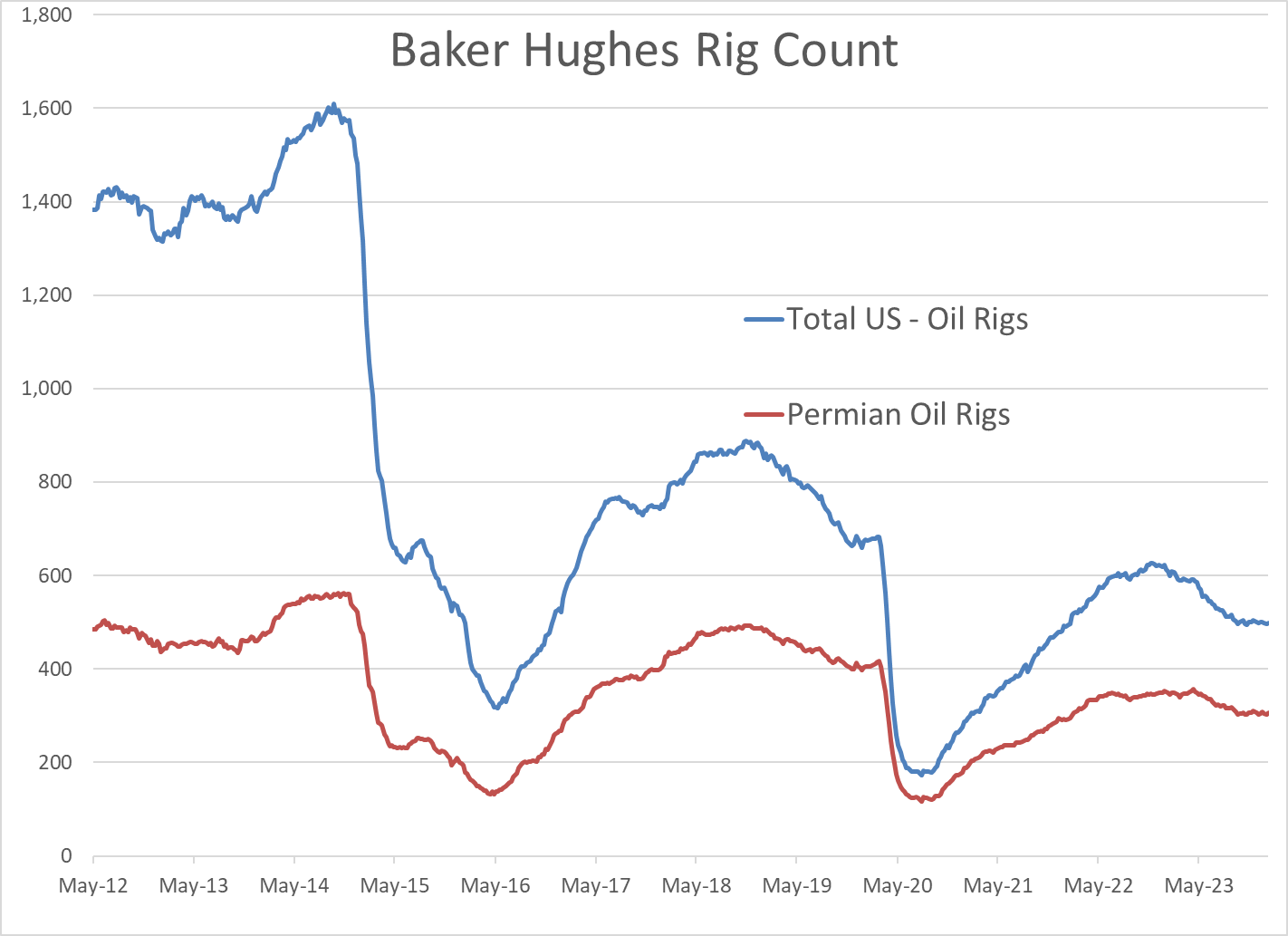Energy Markets Are Ticking Lower This Morning After Reaching 2-Month Highs To End Last Week

Energy markets are ticking lower this morning after reaching 2-month highs to end last week. The breakthrough to the upside last week leaves the door open for higher prices in the week’s ahead, even though moves lower like we’re seeing this morning are necessary to correct the short-term overbought condition on some charts.
Friday’s session was highlighted by early weakness turning into more afternoon gains following reports that a tanker operated by Trafigura carrying Russian naphtha was hit by a Houthi missile, and a US destroyer shot down another missile shortly thereafter. That targeting of tanker with Russian fuel aboard marked a potential paradigm shift for the tanker industry that had largely shrugged off the attacks, particularly with Russian fuel making up the majority of southbound tanker traffic through the Suez Canal.
While that new attack risks higher prices near term, it could also help to bring about a long term resolution as Iran’s proxies are turning the country into an international pariah, with China, Russia and the US all now having a vested interest in stopping the attacks on shipping even if their other interests are not aligned.
Buyers jumped back in when trading resumed Sunday night following the attacks on a US military outpost in Jordan that killed 3 and injured dozens more, but those gains didn’t last long as the market continues to discount the threat to physical supplies despite the continuous ramping up of violence in the region.
The White House on Friday announced a pause in the permitting process for new LNG export facilities.
A WSJ article over the weekend argues why this policy is actually worse for the environment, and the chart below from FERC data of existing projects shows why it’s probably nothing more than a political stunt in an election year with capacity set to more than double in the next few years via projects already approved and under construction, while even more projects are already approved.
Money managers continue to be conflicted in their energy contract positioning, with large speculators reducing their net length in ULSD and Brent contracts last week, while increasing their bets on higher WTI, RBOB and Gasoil prices. A large wave of short covering in WTI was perhaps the most notable change on the week as the big bettors seemed to throw in the towel on getting lower US crude values after WTI touched a 2-month high.
Baker Hughes reported a net increase of 2 oil rigs working in the US last week, while natural gas rigs decreased by 1.
Click here to download a PDF of today's TACenergy Market Talk.
News & Views
View All
Crude Oil, Gasoline, And Diesel Benchmarks Are All Trading >1% Lower To Start The Day
Energy prices are sinking again this morning, albeit with a little more conviction than yesterday’s lackadaisical wilting. Crude oil, gasoline, and diesel benchmarks are all trading >1% lower to start the day with headlines pointing to an across-the-board build in national inventories as the source for this morning’s bearish sentiment. The Department of Energy’s official report is due out at its regular time this morning (9:30am CDT).
WTI has broken below its 100-day moving average this morning as it fleshed out the downward trend that began early last month. While crossing this technical threshold may not be significant in and of itself (it happened multiple times back in February), the fact that it coincides with the weekly and monthly charts also breaking below a handful of their respective moving averages paints a pretty bearish picture in the short term. The door is open for prices to drop down to $75 per barrel in the next couple weeks.
Shortly after the EIA’s weekly data showed U.S. commercial crude inventories surpassing 2023 levels for the first time this year, their monthly short-term energy outlook is forecasting a fall back to the bottom end of the 5-year range by August due to increasing refinery runs over the period. However, afterward the administration expects a rise in inventories into 2025, citing continued production increases and loosening global markets hindering the incentive to send those excess barrels overseas. The agency also cut back their average gas and diesel price forecasts for the first time since February with the biggest reductions in the second and third quarter of this year.
The STEO also featured their famed price prediction for WTI, stating with 95% confidence that the price for crude oil will be between $40 and $140 through 2026.
Need a general indication of the global crude oil supply? Most headlines seem to be covering a shortage of a different type of oil, one that we haven’t turned into fuel (yet).
Click here to download a PDF of today's TACenergy Market Talk.

The Perceived Cooling Of Regional Tensions In The Middle East Area Attributing To The Quiet Start To Today’s Trading Session
The energy complex is drifting lower this morning with RBOB futures outpacing its counterparts, trading -.9% lower so far to start the day. The oils (WTI, Brent, heating) are down only .2%-.3% so far this morning.
The perceived cooling of regional tensions in the Middle East area attributing to the quiet start to today’s trading session, despite Israel’s seizure of an important border crossing. A ceasefire/hostage-release agreement was proposed Monday, and accepted by Hamas, but rejected by Israel as they seemingly pushed ahead with their Rafah offensive.
U.S. oil and natural gas production both hit record highs in 2023 and continue to rise in 2024, with oil output currently standing at 13.12 million barrels per day and January 2024 natural gas production slightly exceeding the previous year. With WTI currently changing hands at higher than year-ago levels, this increased production trend is expected to continue despite a decrease in rigs drilling for these resources.
Less than a week after the Senate Budget Committee’s hearing centered on the credibility of big oil’s climate preservation efforts, a major oil company was reported to have sold millions of carbon capture credits, without capturing any carbon. Fraud surrounding government subsidies to push climate-conscious fuel initiatives is nothing new, on a small scale, but it will be interesting to see how much (if any) of the book is thrown at a major refiner.
Today’s interesting read: sourcing hydrogen for refining.
Click here to download a PDF of today's TACenergy Market Talk.

Energy Contracts Are Trying To Find A Floor After Taking Their Largest Weekly Losses Of The Year So Far Last Week
Energy contracts are trying to find a floor after taking their largest weekly losses of the year so far last week.
There’s not much in the way of news yet this morning, so the modest buying is largely being blamed on reports that Saudi Arabia raised its prices for Asian and Mediterranean buyers in June, signaling that demand is strong enough in those markets to shoulder the increase.
RBOB gasoline futures have already dropped 28 cents from the high set April 12th, leading the argument that prices have peaked for the season. The 200-day moving average comes in just under $2.50/gallon this week, some 6.5 cents below current values, and helps set a pivotal chart support layer. If prices break there, there’s a strong case that we’ll see another 20-30 cents of downside, similar to what we saw this time last year.
Money managers continued to reduce their net length in NYMEX contracts last week, as WTI, RBOB and ULSD saw a net decrease of more than 17,000 contracts of speculative length. The hedge fund liquidation seems to have run its course for this latest news cycle however, as new short positions accounted for the majority of the decrease, and WTI and Brent both saw new length added by the big speculators. Money managers are now net-short on ULSD, which could be another reason to think the bottom is near if you subscribe to the theory that the bandwagon-jumping hedge funds usually are wrong.
Baker Hughes reported a decline of 7 oil rigs and 3 natural gas rigs last week, bringing the combined total rig count to its lowest level in more than 2 years. Perhaps most noteworthy in this week’s report was that Alaska saw 5 of its 14 active rigs taken offline in just 1 week. It’s not yet clear if this may have anything to do with the startup of the transmountain pipeline which will have Western Canadian crude now competing more directly with Alaskan grades.
Click here to download a PDF of today's TACenergy Market Talk.
